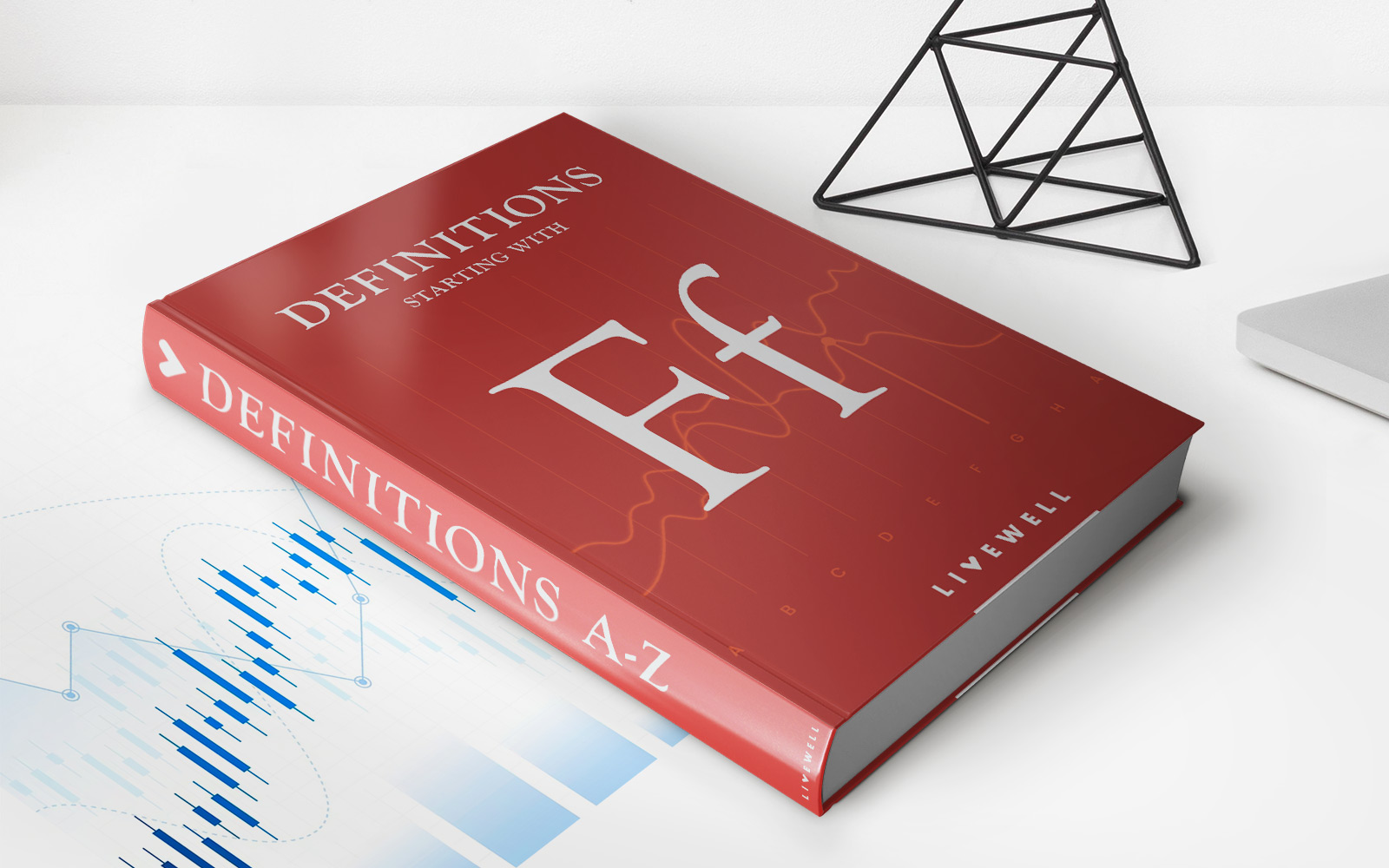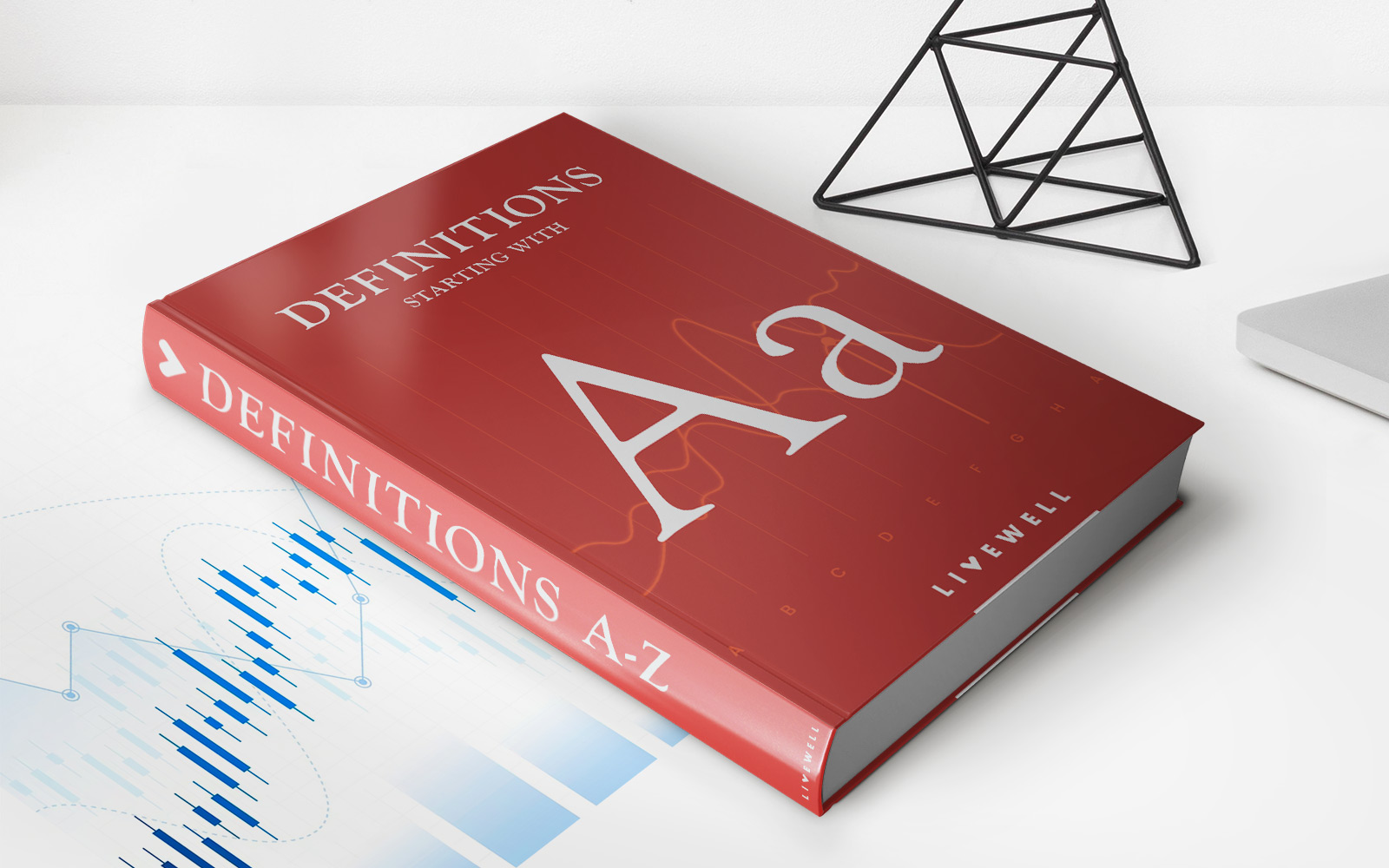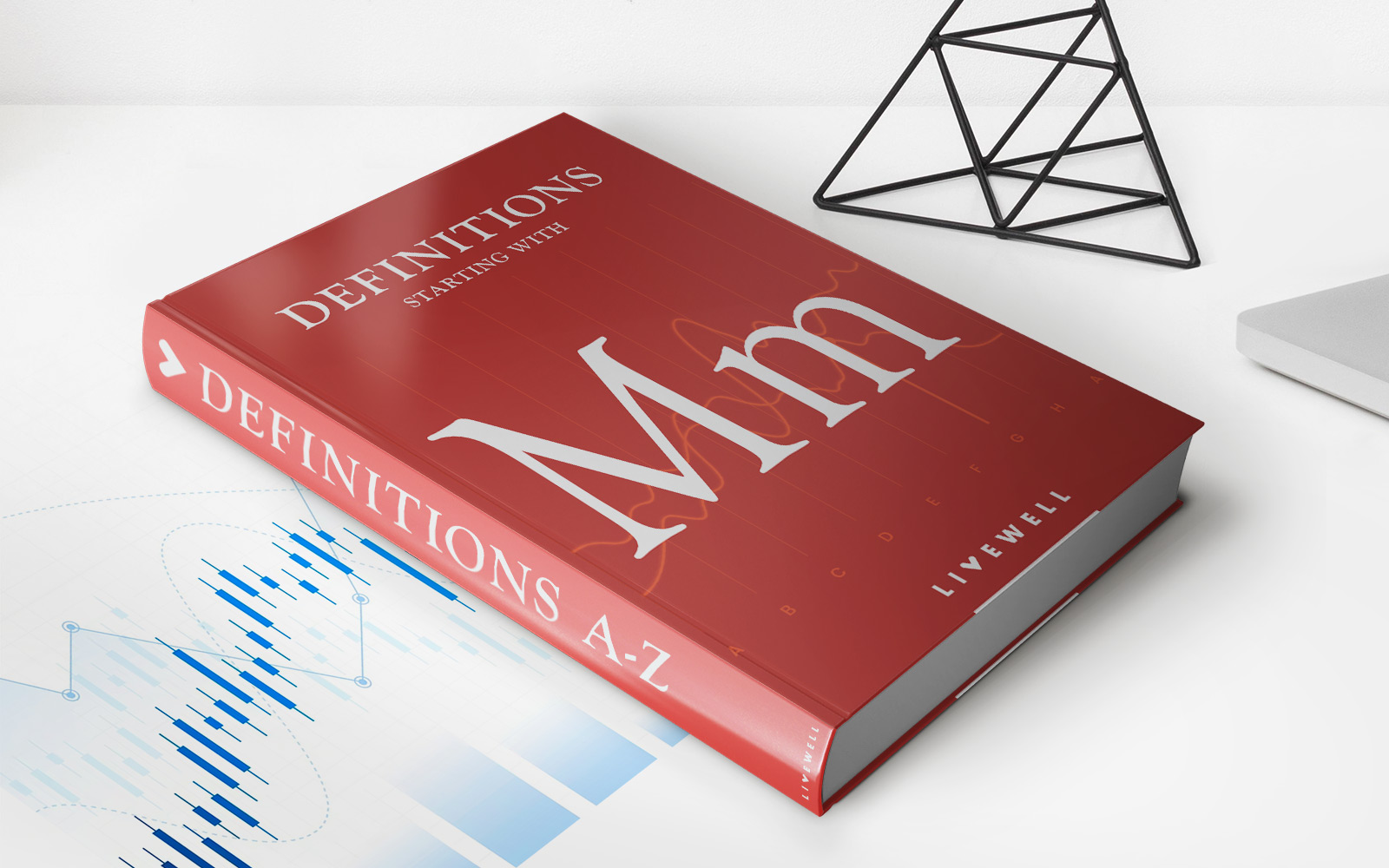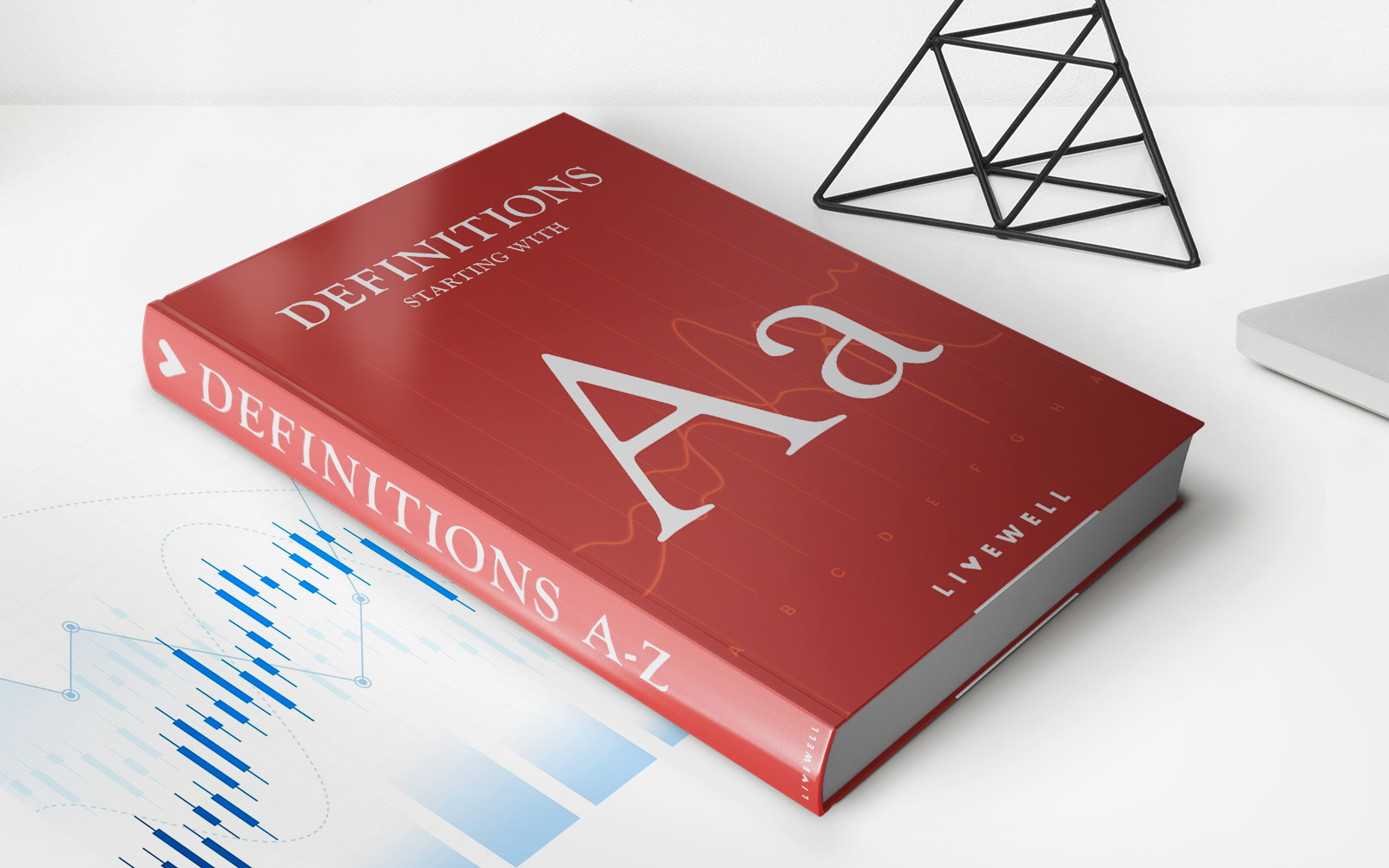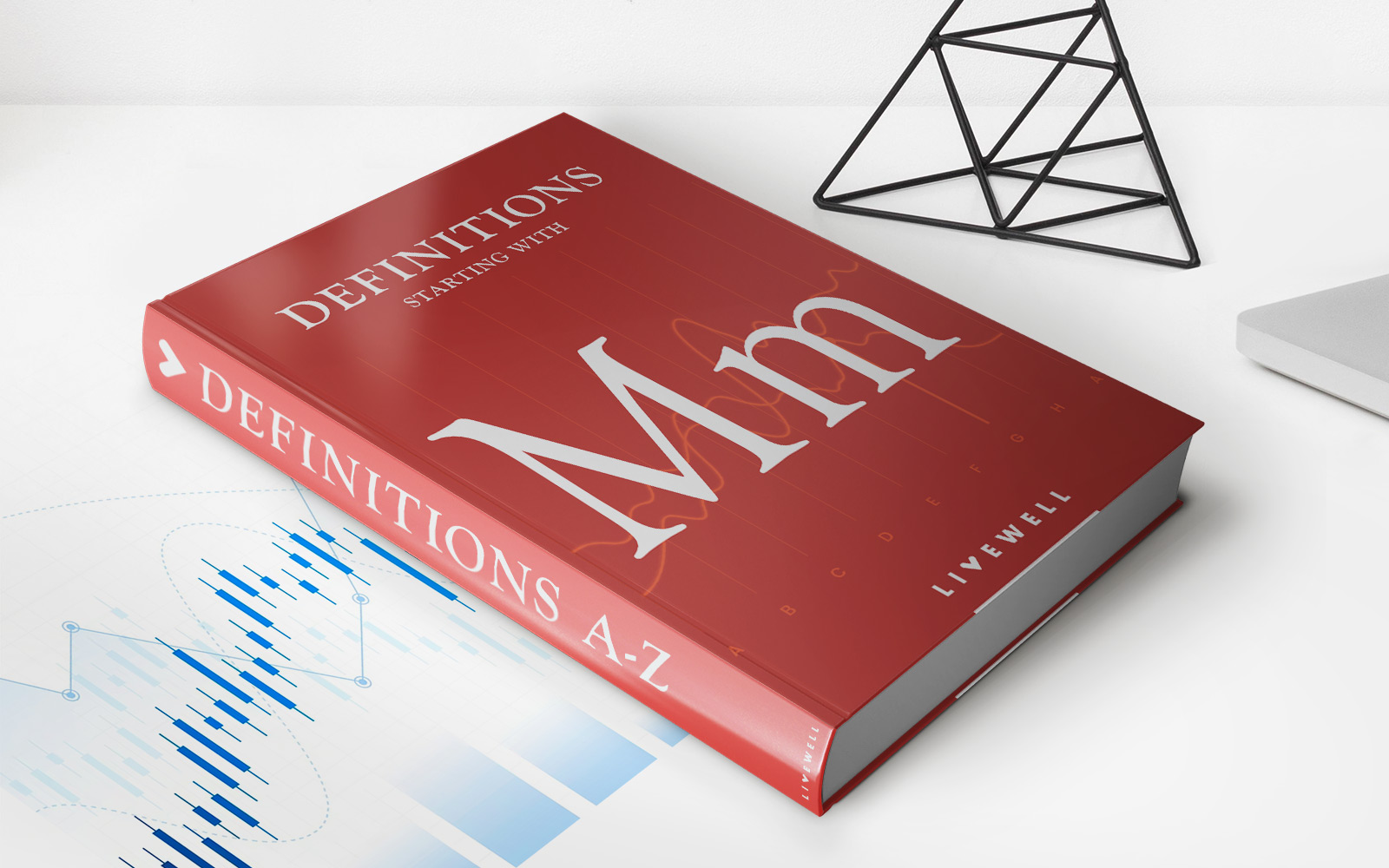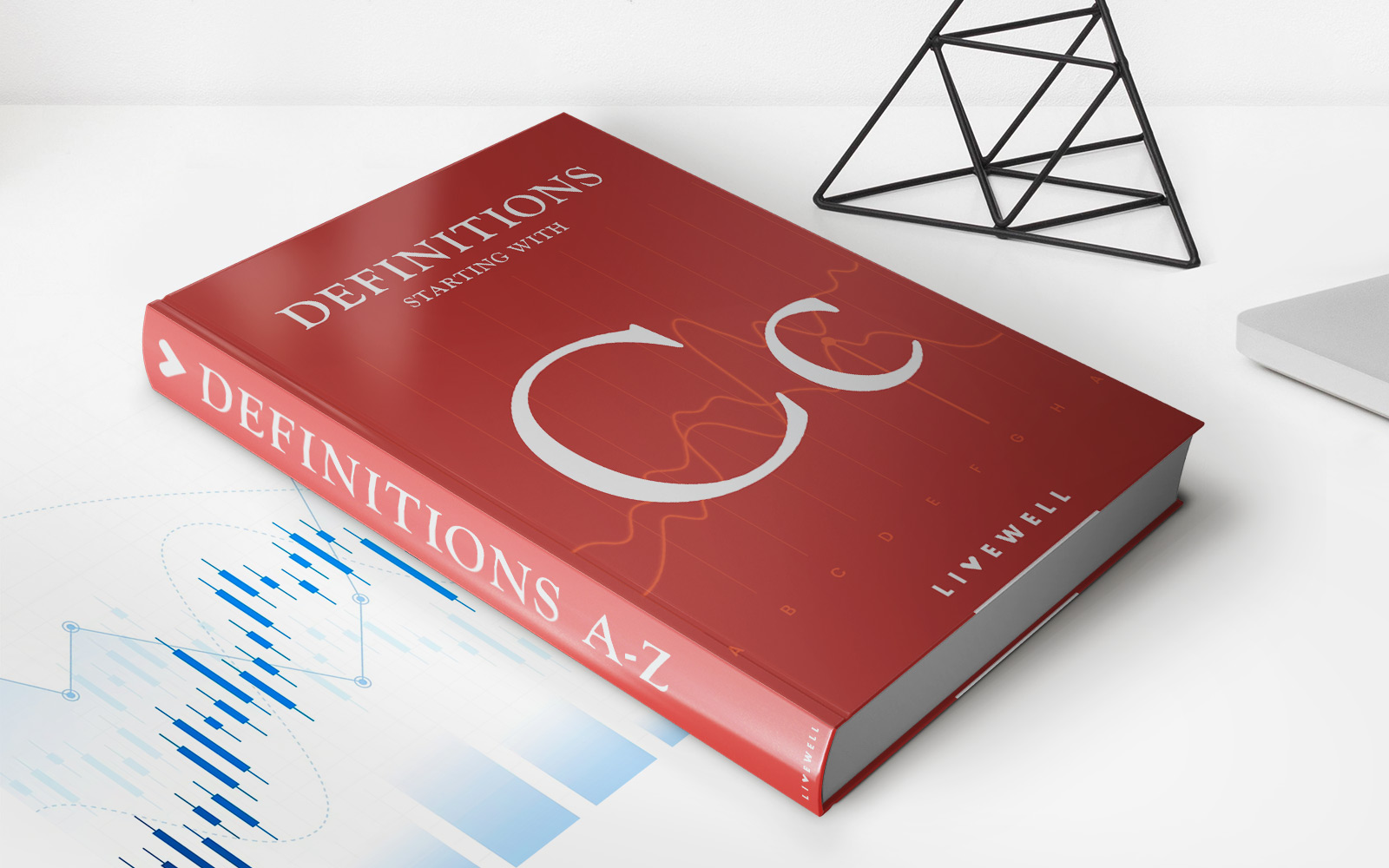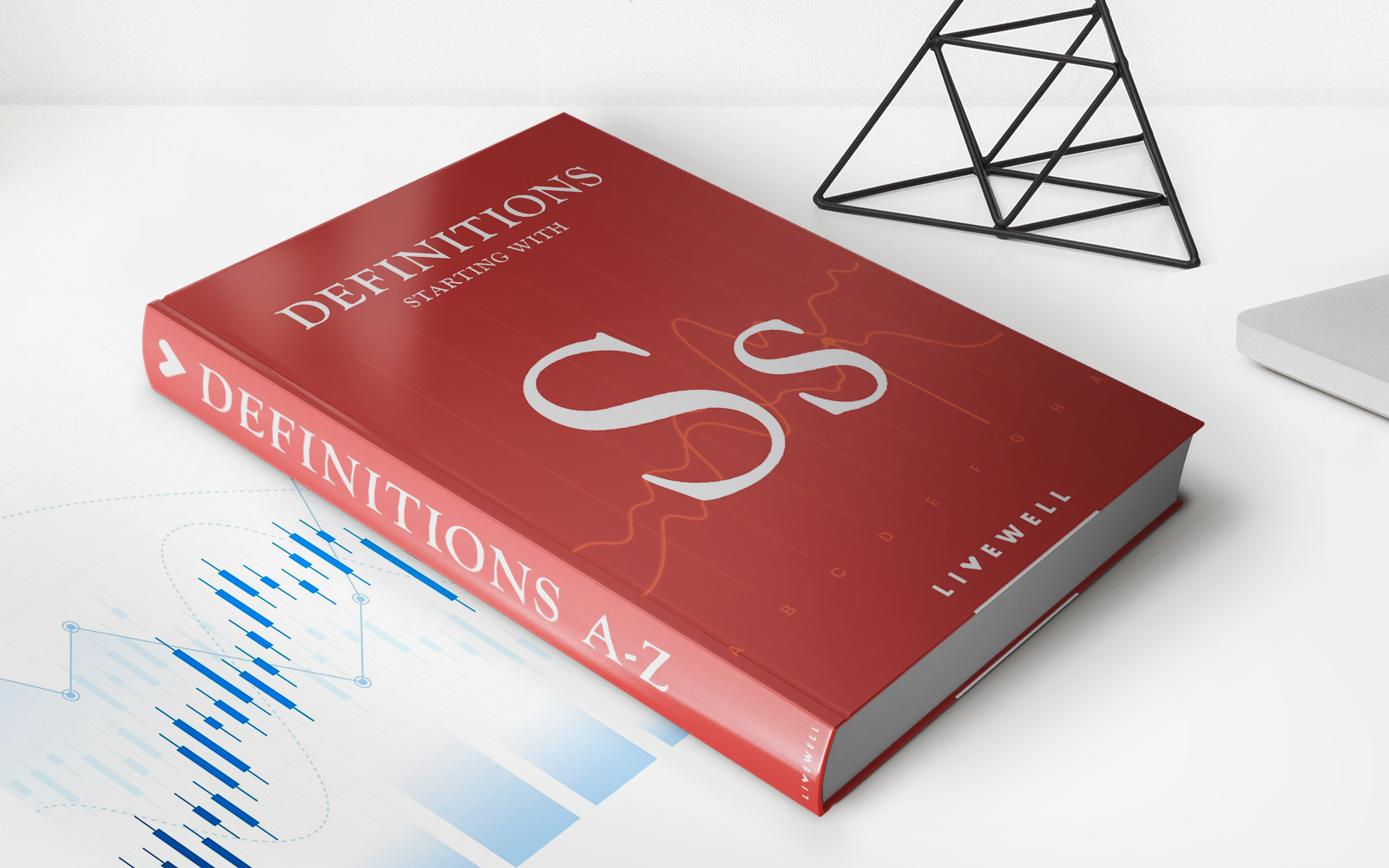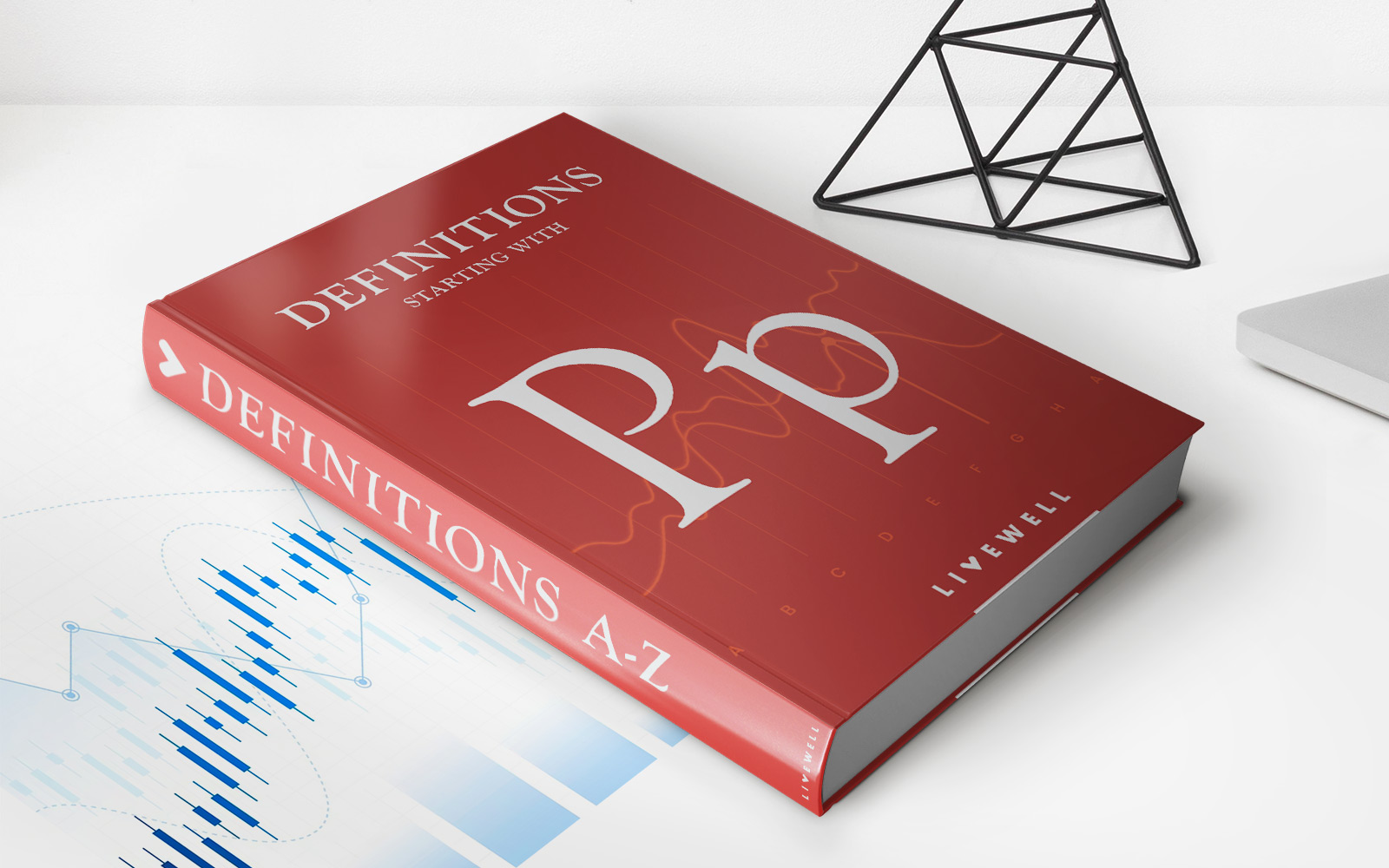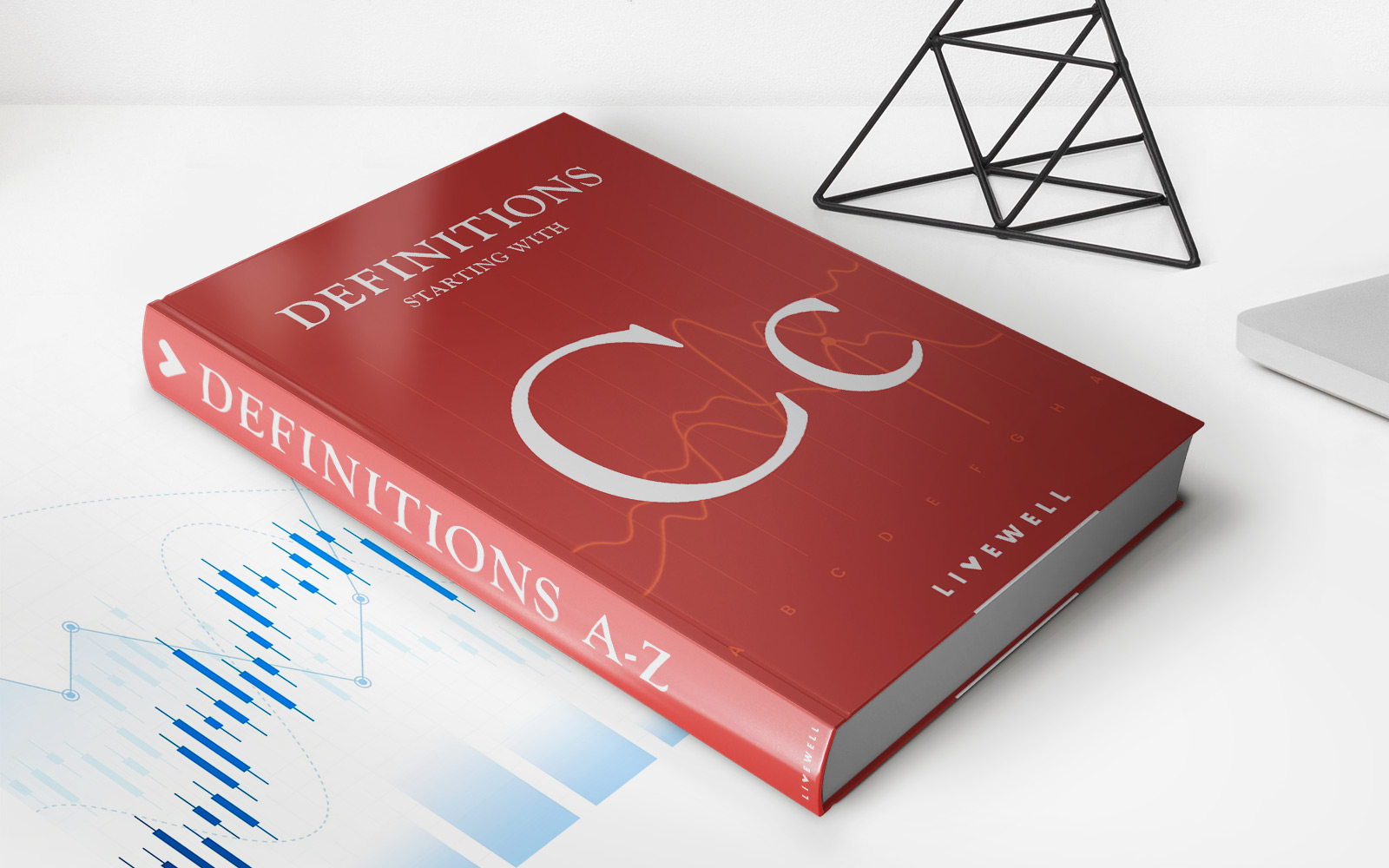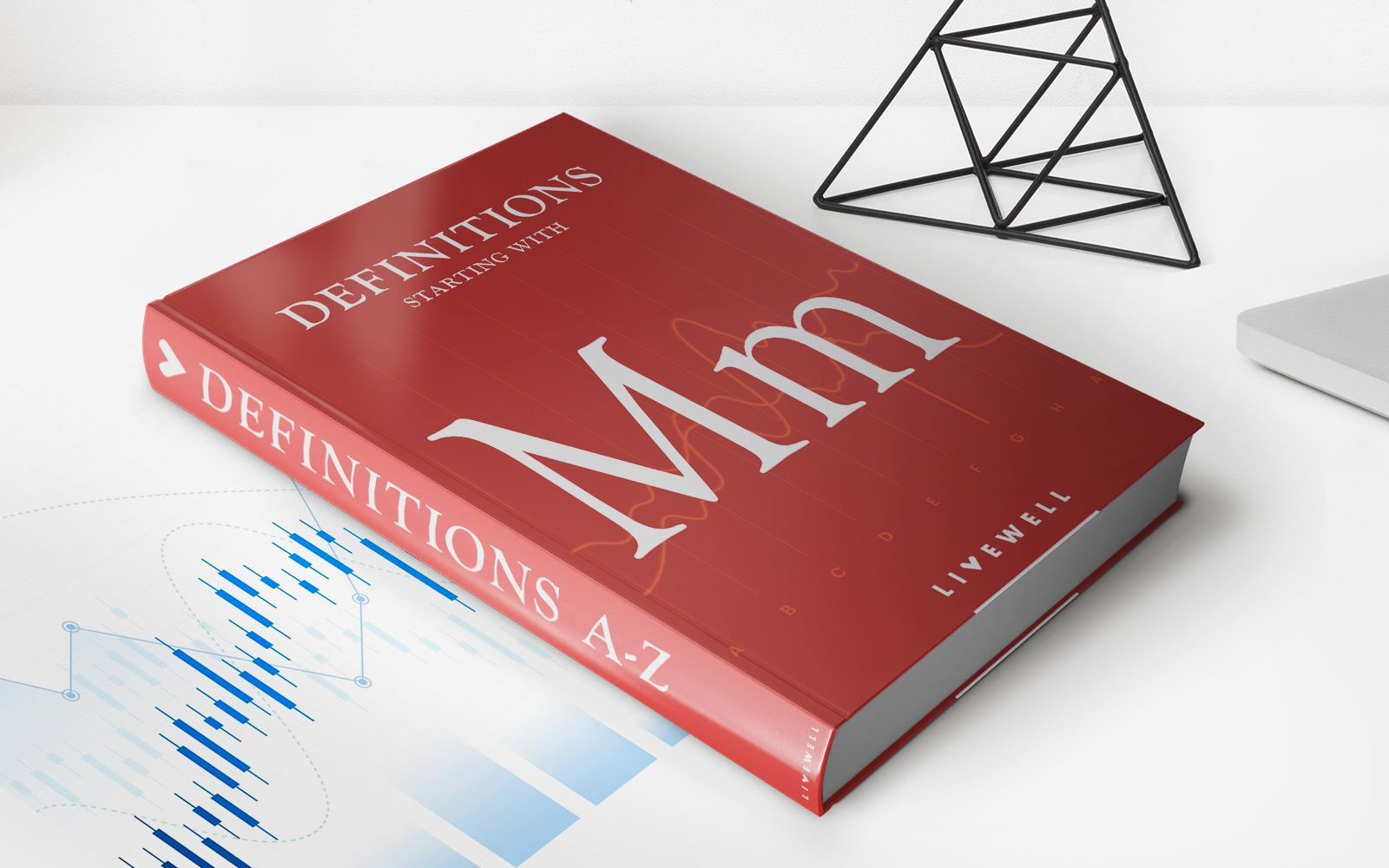

Finance
Multi-Currency Note Facility Definition
Published: December 27, 2023
Learn the definition of multi-currency note facility in the world of finance. Explore how this versatile financial instrument can enhance your global transactions.
(Many of the links in this article redirect to a specific reviewed product. Your purchase of these products through affiliate links helps to generate commission for LiveWell, at no extra cost. Learn more)
What is a Multi-Currency Note Facility?
Finance is a vast subject with various concepts and terms that can often be confusing to the average person. One such term is the Multi-Currency Note Facility, which is often used in the world of banking and finance. In this blog post, we will demystify the definition of a Multi-Currency Note Facility and provide you with a clear understanding of what it entails.
Key Takeaways:
- A Multi-Currency Note Facility is a financial arrangement that allows an issuer to issue notes in multiple currencies.
- It provides flexibility to issuers and investors by allowing them to participate in various currency markets.
Understanding the Multi-Currency Note Facility
A Multi-Currency Note Facility is a financial product that enables an issuer, typically a corporation or a financial institution, to issue debt obligations, called notes, denominated in multiple currencies. This means that the issuer has the flexibility to raise funds in different currencies, depending on market conditions and investor preferences.
The concept of a Multi-Currency Note Facility revolves around the fact that different countries have different interest rates and investor demands. By issuing notes in multiple currencies, the issuer can attract a broader range of investors and diversify its sources of funding. It also provides an opportunity for investors to participate in different currency markets and potentially earn higher returns.
One of the key benefits of a Multi-Currency Note Facility is that it allows issuers to manage their currency risks more effectively. By matching the currency of the notes with the revenues or expenditures of the issuer, they can hedge against foreign exchange fluctuations and minimize potential losses. Additionally, it enables issuers to tap into favorable interest rate differentials between countries, thereby optimizing their borrowing costs.
Investors also benefit from the Multi-Currency Note Facility as it offers them the flexibility to invest in different currencies and diversify their investment portfolios. They can take advantage of higher interest rates in certain currencies or hedge their currency risks by investing in notes denominated in their home currency.
Overall, a Multi-Currency Note Facility provides a win-win situation for both issuers and investors. It opens doors to a broader range of funding sources and investment opportunities, enhances liquidity in the global financial markets, and facilitates international capital flows.
In Conclusion
The Multi-Currency Note Facility is a powerful financial tool that allows issuers and investors to participate in multiple currency markets. By providing flexibility to both parties, it enables them to optimize their funding and investment strategies while managing currency risks. As the world becomes more interconnected, understanding concepts like the Multi-Currency Note Facility becomes increasingly important in navigating the complex landscape of finance and investments.
